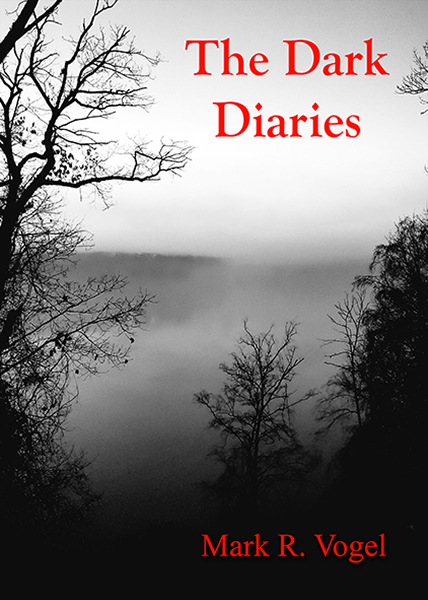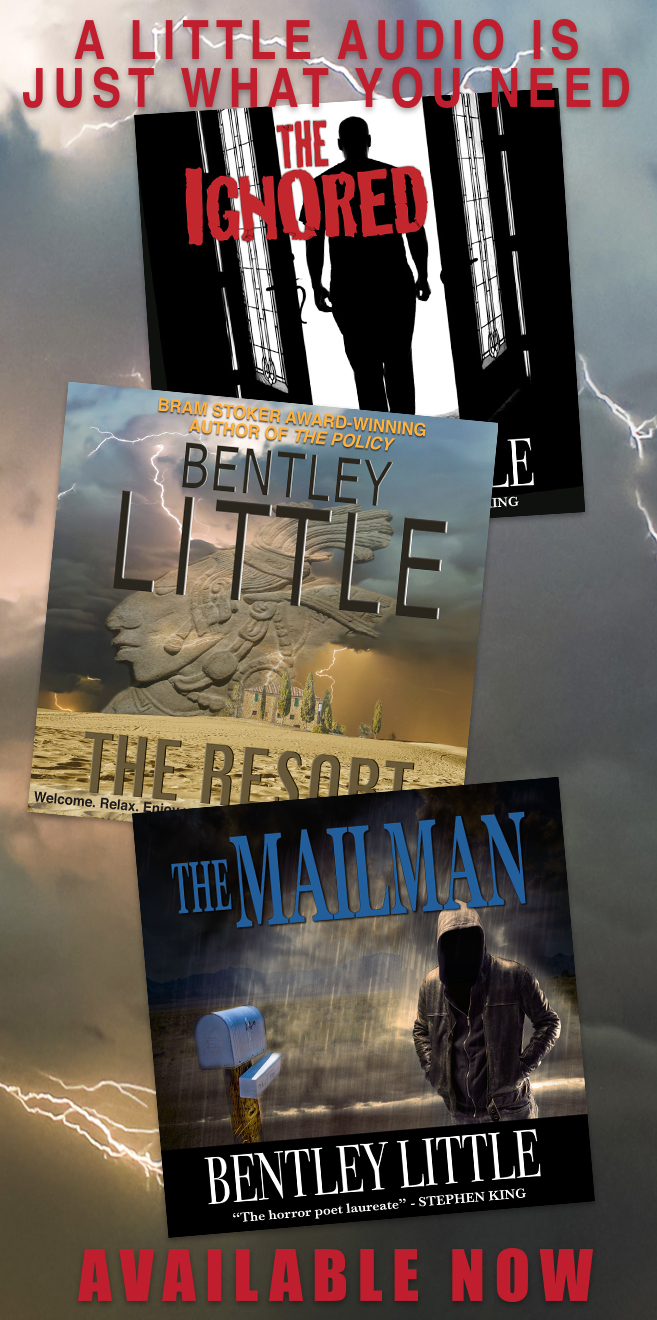A beguiling, often striking homage to vintage Italian giallo from directors Bruno Forzani and Helene Cattet, ostensibly taking an oblique anthology movie approach to the story of one woman’s life-long persecution.
In the first of three episodes, each one documenting a different stage of her life, a pre-pubescent Ana (Cassandra Foret) is terrorized in her oppressive childhood house, dominated by a severe, imposing staircase, a dying old man and a mysterious black-clad figure who apparently wants to harm her. In the second, least eventful section, Ana (Charlotte Eugene Guibeaud) is a beautiful pouting teenager fetishes by the camera, which leers at her legs and her knickers as the wind blows her dress up, while men and boys on the street routinely letch over her. Finally, Ana as an adult (Marie Bos) returns to her family home where the earlier stalker is waiting for her.
AMER is certainly not for conventional genre fans or mainstream audiences who may be bemused by the deliberately slim sense of narrative cohesion, the minimal dialogue and the lack of standard characterization. The emphasis is entirely on mood and style, with the middle episode being notably sensuous and erotic in its depiction of Ana’s coming of age. If you buy into it (and being a fan of 70’s giallo movies will serve you well in this regard), it’s a hypnotic and pleasing cinematic experience.
It’s certainly rife with Italian horror tropes. There’s a black-gloved, mysterious assailant. The screen is frequently awash in vivid reds, greens and blues. Extreme close ups show a preference for distinctive eyes. The mise en scene finds creepiness in dolls. There are voyeuristic keyhole shots, split-screens, prominent use of the zoom lens and subjective tracking shots accompanied by sinister heavy breathing. If the use of ominous angles, rumbling sound design and surrealistic visuals (an ant crawling from a navel) leans heavily toward the oeuvre of David Lynch, the heightened sense of sound (creaking doors, footsteps, howling winds, drops of water) reflect the influence of Bava. Many of the visuals are as stunning as Argento at the top of his game.
As a genre picture, it is certainly characterized by a sense of pervasive unease : the first segment is marvelously atmospheric and unsettling. The threat of violence lingers from start to finish, though it’s only at the very end where there’s any sense of pay-off : this disorientating slice of art-horror climaxes with a memorable bout of Adam’s Apple razor-slashing.
– Steven West
- Interview with J.R. Bookwalter - January 22, 2015
- Interview with Andrew J. Rausch - January 22, 2015
- Interview with Rick Popko and Dan West - January 22, 2015
- Interview with Director Stevan Mena (Malevolence) - January 22, 2015
- Interview with Screenwriter Jeffery Reddick (Day of the Dead 2007) - January 22, 2015
- Teleconference interview with Mick Garris (Masters of Horror) - January 22, 2015
- A Day at the Morgue with Corri English (Unrest) - January 22, 2015
- Interview with Writer/Director Nacho Cerda (The Abandoned, Aftermath) - January 22, 2015
- Interview with Actress Thora Birch (Dark Corners, The Hole, American Beauty) - January 22, 2015
- Interview with Actor Jason Behr, Plus Skinwalkers Press Coverage - January 22, 2015


